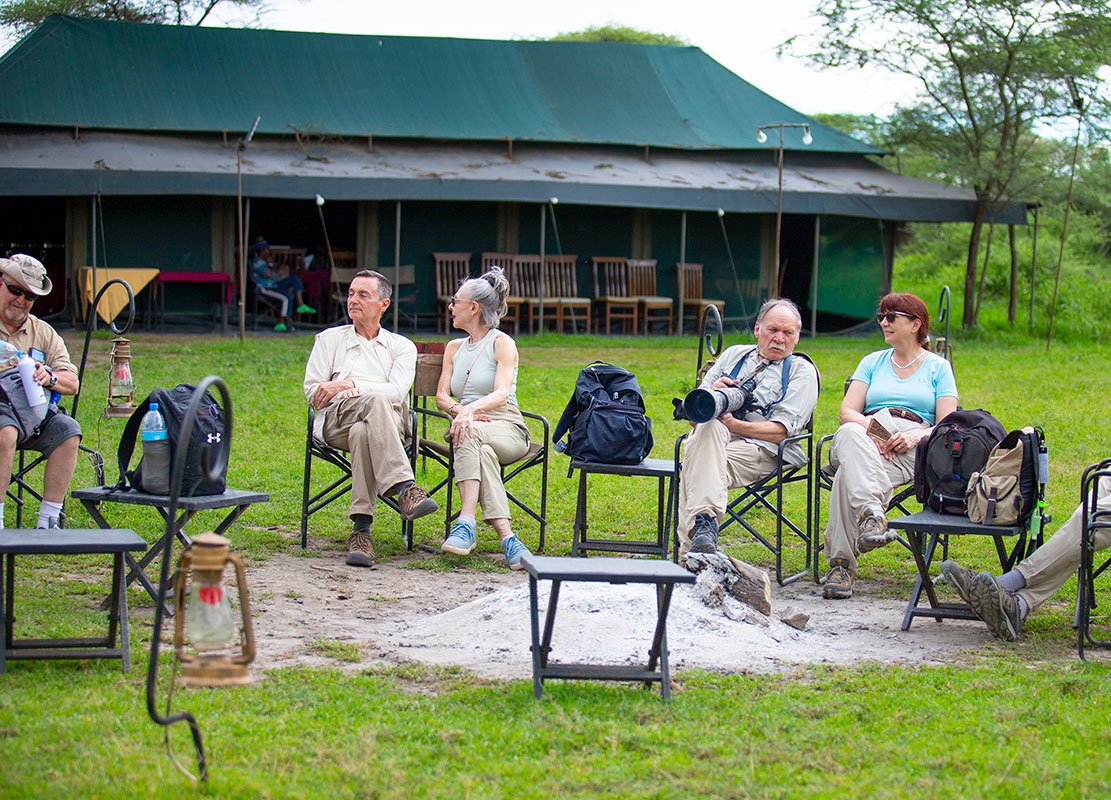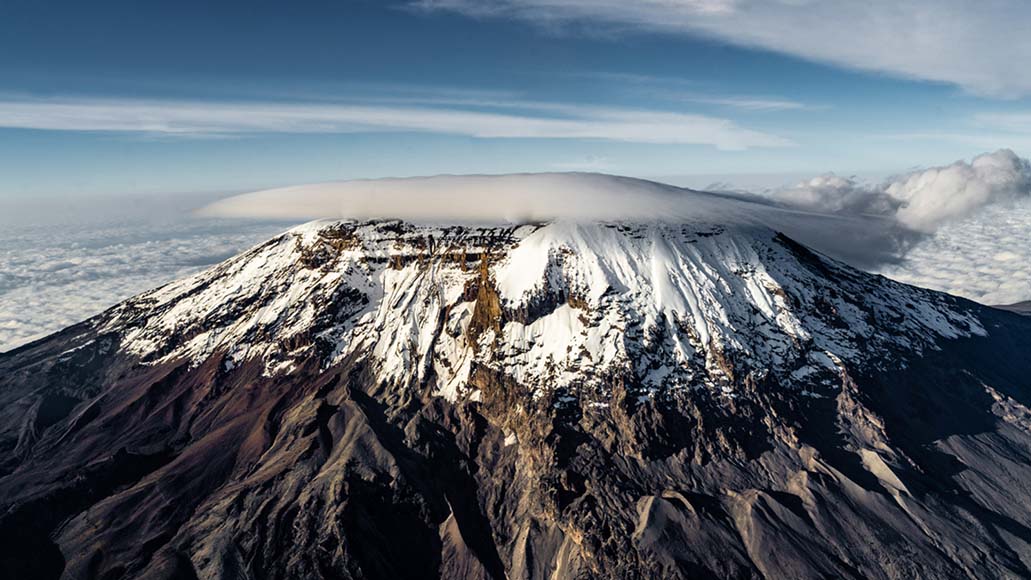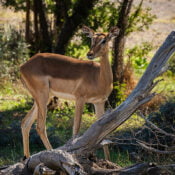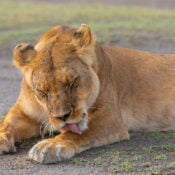
Unveiling the Wonders: What Makes a Safari in Tanzania Truly Special
The Magnificent Wildlife
Tanzania is renowned for its extraordinary wildlife, boasting one of the most diverse and abundant populations in the world. Among the country’s most iconic inhabitants are the Big Five: the lion, leopard, rhinoceros, elephant, and Cape buffalo. These majestic creatures are a major draw for safari enthusiasts, offering unparalleled opportunities for observation and photography.
The Serengeti National Park and the Ngorongoro Crater are two of Tanzania’s most celebrated wildlife reserves, each with unique ecosystems that support a rich tapestry of biodiversity. The Serengeti, with its vast plains and seasonal migrations, hosts one of the most spectacular natural events on the planet: the Great Migration. Here, millions of wildebeest, zebras, and other herbivores traverse the landscape in search of fresh grazing grounds, closely followed by predators like lions, hyenas, and crocodiles.
The Ngorongoro Crater, a UNESCO World Heritage site, offers a different yet equally mesmerizing experience. This massive volcanic caldera is home to an extraordinary concentration of wildlife, including endangered black rhinoceroses and a high density of lions. The crater’s lush vegetation and reliable water sources make it a year-round haven for animals, providing visitors with exceptional game viewing opportunities.
Beyond the Big Five, Tanzania is also home to a plethora of lesser-known species that contribute to the country’s rich biodiversity. Visitors may encounter cheetahs, giraffes, hippos, and a variety of antelopes, as well as an impressive array of birdlife, including the strikingly colorful lilac-breasted roller and the majestic African fish eagle.
Game viewing in Tanzania is a multifaceted experience, with various options available to suit different preferences. Guided safaris in open vehicles allow for close encounters with wildlife, while walking tours offer a more intimate perspective on the flora and fauna. For a unique adventure, night drives reveal the nocturnal habits of elusive species such as leopards and aardvarks, adding an element of mystery to the safari experience.
The Great Migration
The Great Migration is one of the most extraordinary natural events on Earth, and it stands as a major highlight of any Tanzanian safari. This awe-inspiring phenomenon involves over a million wildebeest, accompanied by hundreds of thousands of zebras and gazelles, traversing the vast plains of the Serengeti in Tanzania and extending into the Masai Mara in Kenya. The migration cycle is a continuous, year-round journey, dictated by the availability of food and water.
Typically, the migration begins in the southern Serengeti, where the herds gather to graze on the nutrient-rich grasses. This is also the calving season, occurring between January and March, when thousands of newborns take their first steps. This period is particularly captivating as it offers the chance to witness the beginnings of life in the wild.
As the dry season approaches, the herds start moving northwest towards the Grumeti River. By June and July, the migration reaches one of its most dramatic stages – the perilous river crossings. These crossings, particularly at the Mara River, are a spectacle of survival, where the wildebeest and zebras must evade the jaws of waiting crocodiles and navigate the swift currents to reach the lush grazing lands of the Masai Mara.
Following the short rains in November, the herds begin their southward trek back to the Serengeti, completing the cycle. Throughout this journey, the migration attracts a host of predators, including lions, cheetahs, and hyenas, creating thrilling wildlife encounters. The predators follow the herds closely, resulting in a dynamic and ever-changing scene of life and death in the wild.
To witness the Great Migration, timing and location are crucial. The calving season is best observed in the southern Serengeti plains, while the dramatic river crossings are most visible between July and September at the Grumeti and Mara Rivers. Each phase of the migration offers a unique and unforgettable experience, making a safari in Tanzania truly special.
Cultural Richness and Local Communities
A safari in Tanzania is an immersive experience that goes beyond wildlife viewing; it opens a window into the rich tapestry of local cultures and communities. Tanzania is home to a diverse array of ethnic groups, each with its unique traditions and way of life. Among these are the Maasai, Hadzabe, and Chagga people, whose cultural heritage adds depth to the safari experience.
The Maasai, known for their distinctive dress and semi-nomadic lifestyle, offer visitors a chance to learn about their traditional practices and close relationship with the land. Through cultural tours, visitors can witness Maasai warriors engage in traditional dances, hear stories of their history, and understand their age-old customs. Such interactions provide a deeper appreciation of the Maasai’s role in the region’s cultural landscape.
Equally fascinating are the Hadzabe, one of the last remaining hunter-gatherer tribes in Africa. Visiting the Hadzabe offers a rare glimpse into a way of life that has scarcely changed over millennia. Tourists can join them on hunting expeditions, learn about their tracking skills, and discover their deep knowledge of local flora and fauna. This unique experience underscores the importance of preserving their traditional lifestyle amidst modern challenges.
The Chagga people, residing on the fertile slopes of Mount Kilimanjaro, are renowned for their agricultural expertise. Visitors can explore Chagga villages, visit coffee plantations, and participate in the coffee-making process. By engaging with the Chagga community, tourists gain insight into their sustainable farming practices and the significance of coffee in their culture.
Staying in community-run lodges further enhances the cultural experience. These lodges not only provide comfortable accommodations but also ensure that tourism revenue directly benefits local communities. Such initiatives promote responsible tourism by fostering economic growth, supporting conservation efforts, and preserving cultural heritage.
In conclusion, a Tanzanian safari embodies more than just an encounter with wildlife; it is a journey into the heart of diverse and vibrant cultures. By engaging with local communities, visitors contribute to the sustainability and preservation of these invaluable cultural treasures.
Breathtaking Landscapes and Natural Wonders
Tanzania’s landscapes are a tapestry of diverse and stunning natural wonders that offer an unparalleled safari experience. The country’s geographical variety is a primary draw for visitors, from the expansive plains of the Serengeti to the majestic heights of Mount Kilimanjaro. These iconic landscapes serve as the backdrop for a myriad of exciting and adventurous activities.
The Serengeti National Park, renowned worldwide, is synonymous with Africa’s quintessential safari. Its vast, sprawling plains are home to the Great Migration, where millions of wildebeests and zebras traverse the landscape in an awe-inspiring annual journey. Here, visitors can witness the raw spectacle of nature, including predator-prey interactions that define the circle of life.
Equally captivating is the Ngorongoro Crater, a UNESCO World Heritage Site. This lush volcanic caldera teems with wildlife, offering visitors a unique opportunity to observe a variety of species in a relatively contained area. Its verdant floor is a stark contrast to the arid surroundings, creating a haven for animals and a paradise for photographers and nature enthusiasts alike.
For those seeking a different kind of adventure, the pristine beaches of Zanzibar provide a perfect complement to the mainland’s rugged beauty. Zanzibar’s turquoise waters and white sandy beaches offer excellent opportunities for scuba diving, snorkeling, and simply unwinding by the sea. The island’s rich cultural heritage, evident in its historic Stone Town, adds another layer of intrigue to the Tanzanian safari experience.
In the southern part of Tanzania lies the Selous Game Reserve, one of the largest faunal reserves in the world. This remote wilderness offers a more secluded safari experience, away from the more frequented northern circuits. Visitors here can enjoy game drives, walking safaris, and river safaris, providing a diverse range of ways to explore the abundant wildlife.
Adventurous souls might also consider a hot air balloon ride over the Serengeti or a challenging hike up Mount Kilimanjaro. These activities offer unique perspectives and unforgettable experiences, ensuring that a safari in Tanzania is much more than just game viewing. The country’s varied landscapes and natural wonders guarantee a holistic and enriching adventure for every visitor.
Recent Posts
What is a Game Drive?
Top Reasons Why Tanzania Should Be Your Safari Destination
Tags




